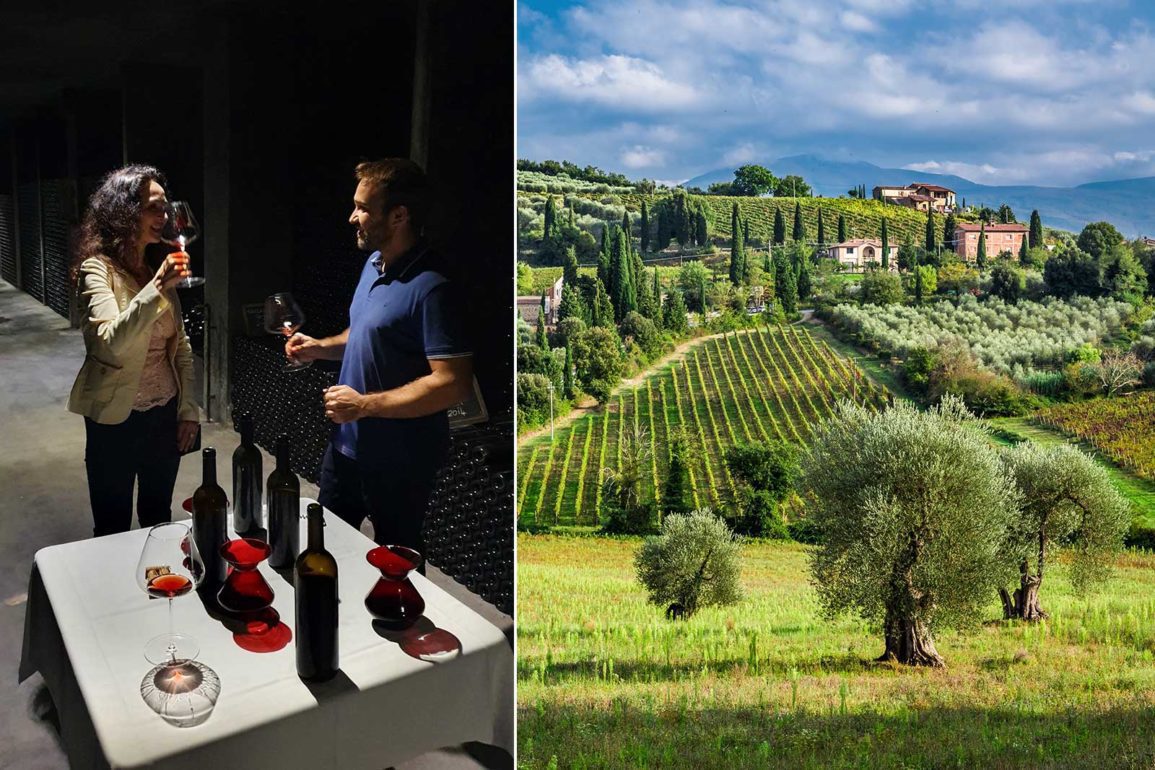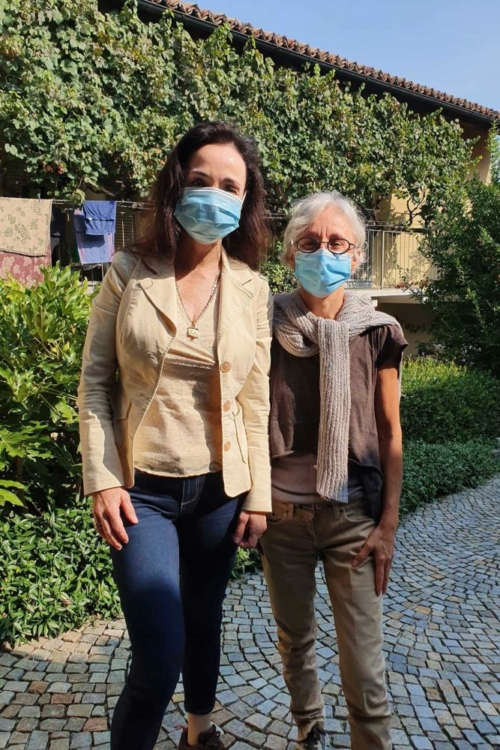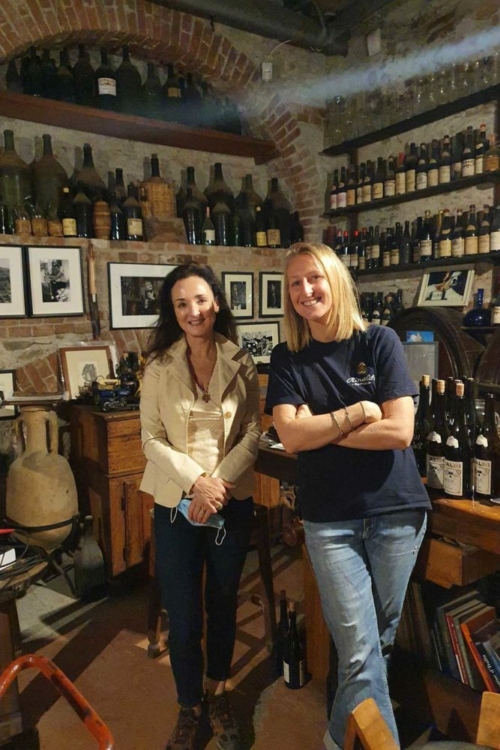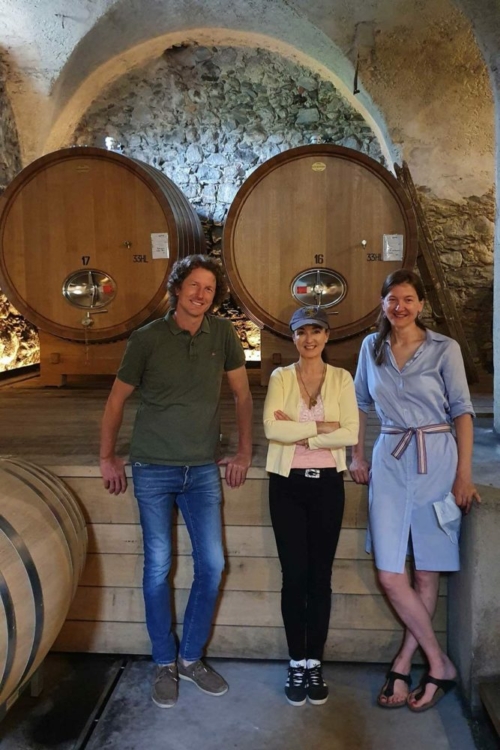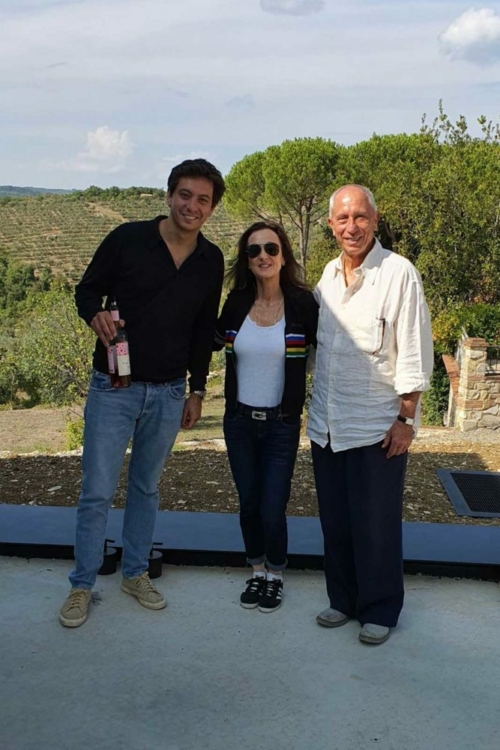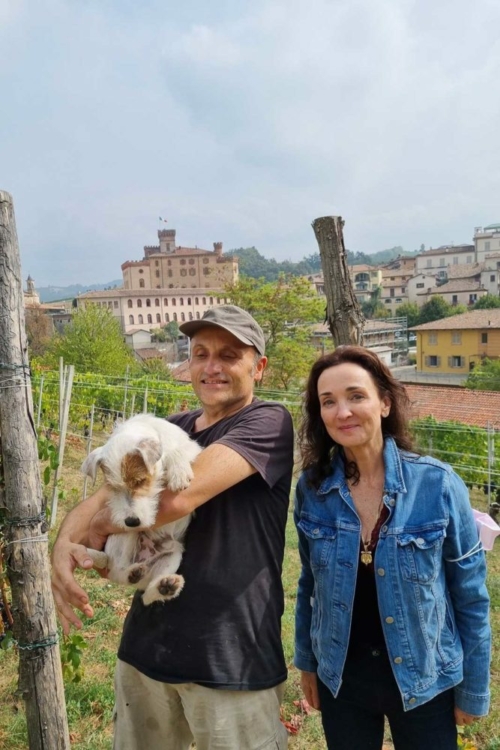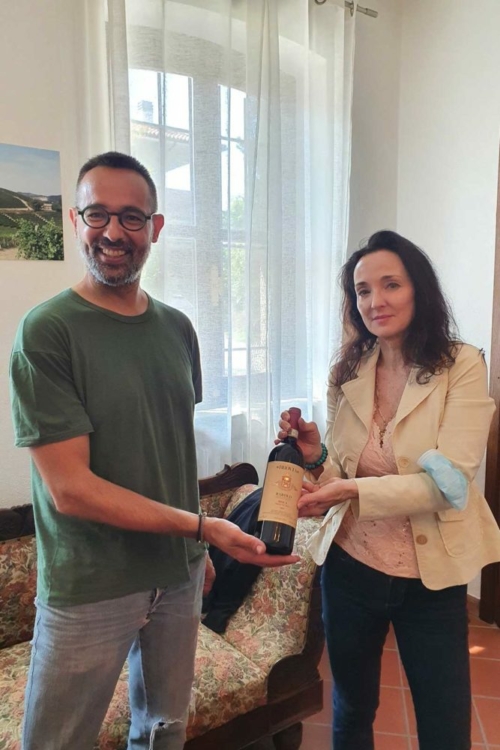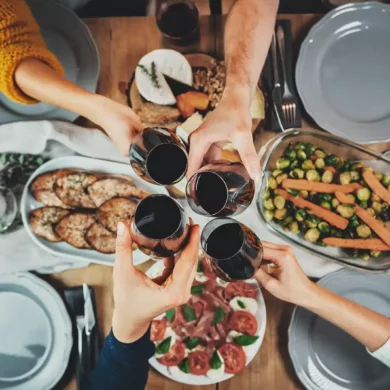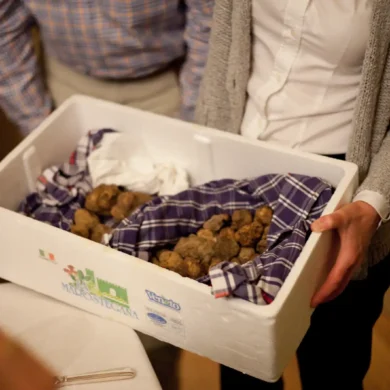Over the last decade or so, two seemingly parallel narratives have emerged in the wine world. One, is that we are in the middle of “a golden age” for wine drinking. Advances in understanding wine chemistry and vineyard ecology paired with a warming climate have largely eliminated many of the flawed, underripe wines of the past. Wine is more consistently excellent now, and it is not just the iconic regions producing gems: its Campania and Santorini, Vinho Verde and the Finger Lakes. In short, we’re spoiled. Which leads to the other narrative I’ve noticed: questioning whether we need wine critics anymore, especially in a digital age where consumers have an overabundance of tools and resources to make their buying decision.
It takes shrewd and fearless observers — like O’Keefe — to assess what’s in the glass and ask, “is this still worth drinking?”
While it is a fair topic to ponder, I would say that we need wine criticism now more than ever, because that so-called “golden age” is coming to an end. The warming climate that abolished underripe wines has, in many places, tipped over the precipice. High alcohol, stewed-fruit tones, and even caustic tannins are steadily becoming more common due to a variety of climate-induced factors. This is not an issue that the masses on Vivino can help solve. It takes shrewd and fearless observers to assess what’s in the glass and ask, “is this still worth drinking?” And few people embodied that professionalism and drive better than Kerin O’Keefe.
“I am a wine writer,” O’Keefe says in the interview below. “Not an agronomist, not an oenologist, and I know that a lot of producers don’t want to hear from a wine writer on how to handle your vineyard. I get that, and I respect everybody’s opinions. But the final result is what I’m looking at, and if you are making a wine that is 15 or 15.5 [percent alcohol], I think you have to look at what you can do.”
In the ensuing years, we are going to need more voices like O’Keefe who use their patient observance and precise intellect to identify issues in wine and nudge the industry in the right direction.
What’s Really Going On in Italy
O’Keefe is the Italian Wine Editor for Wine Enthusiast Magazine. She carefully chooses her words and never seems to lose sight of what we want from Italy and its wines: a sense of place. She has frequently cast light on under-the-radar producers, but she is also not afraid to point out shortcomings, even from some of the most powerful corners of the Italian wine sphere.
Over a career that has spanned more than 20 years, O’Keefe has seen Italian wine evolve into the mighty colossus we know today: a place that can go toe-to-toe on its own merits with France and California, but which can also find itself resting on its laurels at times. This last bit makes O’Keefe one of the more essential wine critics out there. She’s not afraid to step into the fray at times.
When she began writing about wine in 2002, Italy’s wines were split between international attention-seekers, and a bevy of overlooked wines of authenticity. “I was really surprised that all the coverage I would read in American magazines was about wines that I absolutely didn’t enjoy,” she told me last month during our interview. “And they didn’t — in my opinion — express what was really going on in Italy.”
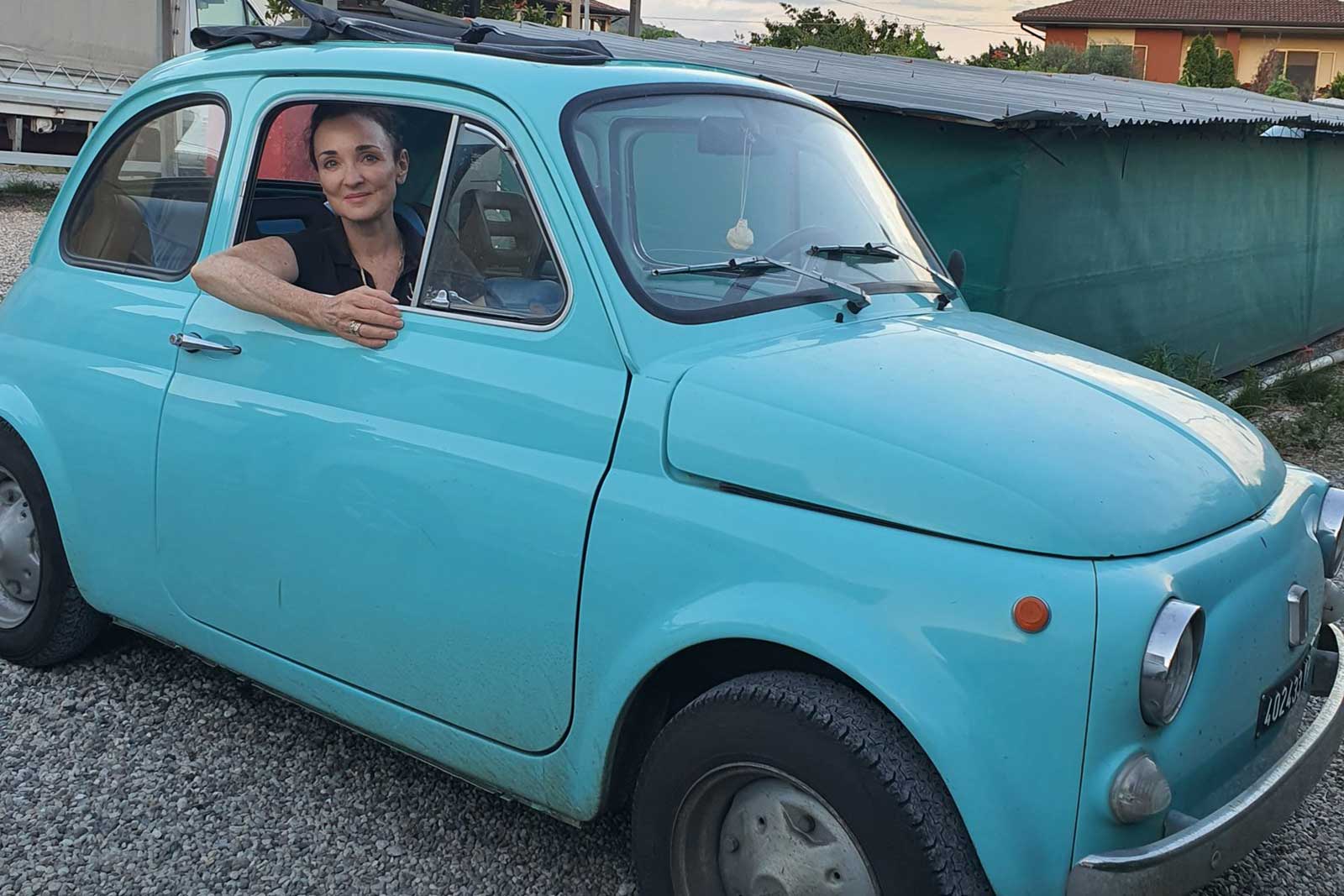
When talking to her, one gets the sense that O’Keefe’s frank honesty is out of love and admiration for Italian wine and its potential.
Previous to her stint at Wine Enthusiast, O’Keefe was a regular contributor to Decanter, the World of Fine Wine and The Wine News. Originally from Boston and now living in Varese, Italy, O’Keefe found her way to her adopted homeland by chance (as you’ll find out below), and eventually pursued wine writing out of passion, but also a means to improve her Italian language skills.
It didn’t take long for her to make her mark on discourse in Italian wine. As early as 2003, she boldly suggested in her writing that some of the wines from Brunello di Montalcino’s 1997 vintage “were so jammy it was hard to believe they were Brunello.” O’Keefe strongly suspected that the wines had been adulterated with non-Sangiovese grapes in an effort to add color and body. Five years later, the “Brunellopoli” scandal would reveal that was exactly the case with a batch of prominent wineries.
However, when talking to her, one gets the sense that O’Keefe’s frank honesty is out of love and admiration for Italian wine and its potential. Sure, she is not afraid to dish out criticism when she feels it is warranted, but it is done constructively, and also — as is the case with climate change’s relentless impacts — out of respect for what producers are up against.
She has written three books including the still-indispensable Brunello di Montalcino: Understanding and Appreciating One of Italy’s Greatest Wines (2012, University of California Press) and Barolo and Barbaresco: The King and Queen of Italian Wine (2014, University of California Press). In 2004, she wrote a biography on Franco Biondi Santi, the great Brunello producer, which is published in Italian and English.
Whether you are obsessed with Italian wine or just getting to know its complex diversity, O’Keefe is an indispensable voice.
An Interview with Kerin O’Keefe
Kevin Day: We start with the question I always like to ask first: did you find wine or did wine find you?
Kerin O’Keefe: I would say we found each other. I grew up north of Boston and wine was not a part of our lives at all. Probably the first bottle I ever had was when I was studying in England. Robert Plant [the lead singer of Led Zeppelin] came to our university with a little band and I went to see if I could meet him, and I did! Some of us went out afterwards and my first bottle of wine — I really ever had — was shared with Robert Plant. It was a Claret. That was the first experience I had with wine.
Kevin Day: Wow. That’s epic.
Kerin O’Keefe: It was a really fun night! But you know, after that I didn’t know what to buy. I would experiment with different wines, but I couldn’t find anything that really blew me away. And then I met my husband and [laughs] we had quite the initial meeting. I was coming home from England, and our TWA plane had to make an emergency landing, so we had to go back to London. He was also on that plane, and we met later that night … So the next time he came to Boston he called me, and we started long-distance dating. And when I eventually came over [to Italy] he knew so much about the wine: what to order, what the local specialty would be, what the local grape would be. And I was impressed and really started to like the wine, because it wasn’t just the wine, it was the story behind it.
“Inferno was probably the wine that I remember stopping and saying ‘wow.’ The name, the place, everything about it. I really got into how every place had its own wine and local specialty.”
Kerin O’Keefe
My first summer in Italy, we summered in Tuscany, in Siena, and everyday we’d visit Montalcino, Montepulciano. Every area has its own dish, its own wine. That same trip we also went to Valtellina, and I remember drinking my first Inferno. At that point, I was absolutely hooked. Inferno was probably the wine that I remember stopping and saying “wow.” The name, the place, everything about it. I really got into how every place had its own wine and local specialty.
We got married and I moved over, my husband said “because you love wine so much — and you really need to improve your Italian if you’re going to make it over here — there is a sommelier course in Varese. Why don’t you try it?” And so I did and I learned so much about wine. I took three courses and became a sommelier, though I never practiced as a sommelier, but I got the certification. That was the start, the really serious start, that I wanted to make a career of this.
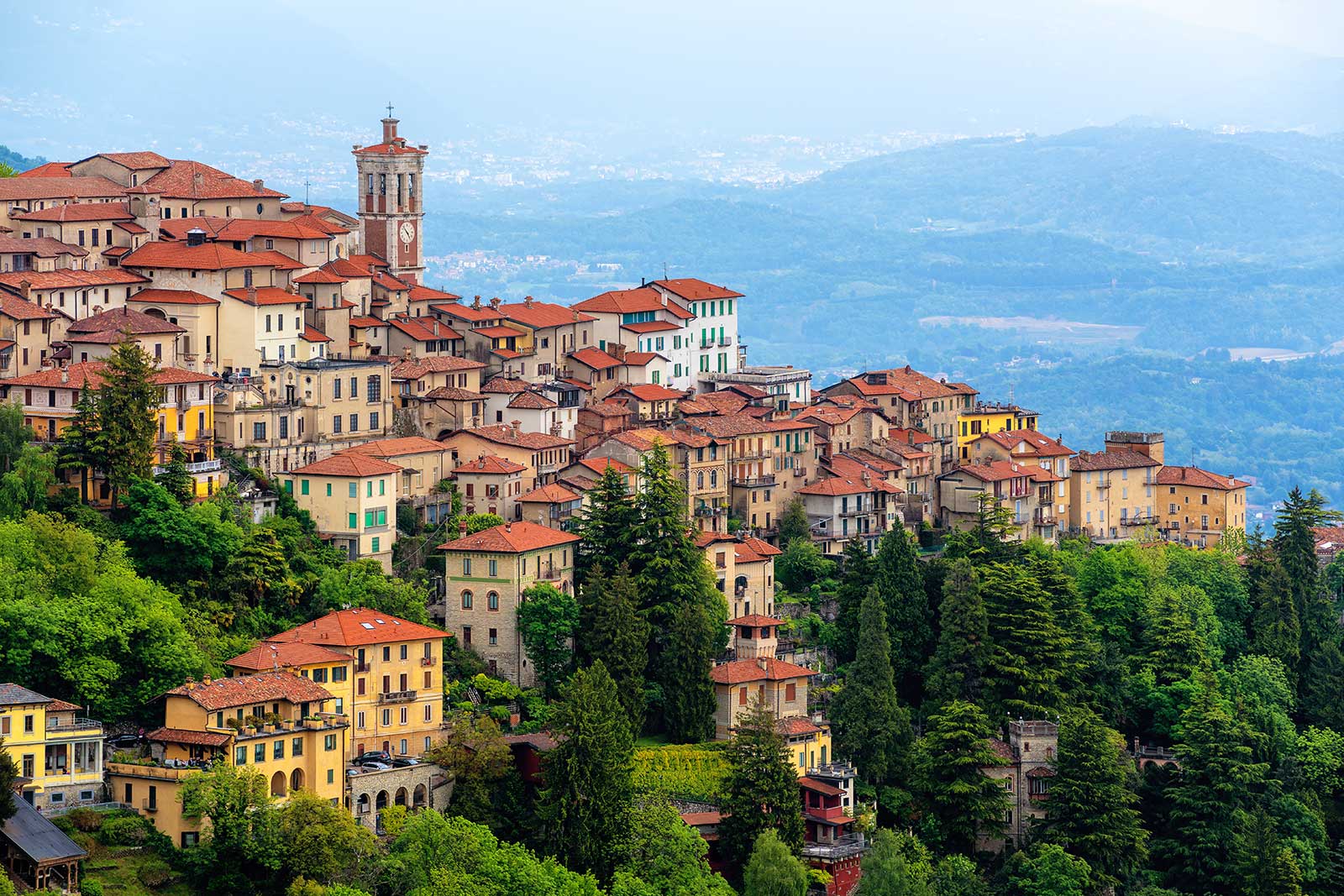
Kevin Day: And is that when you started writing about wine?
Kerin O’Keefe: Yes, I started writing but about the same time I worked for a very short time, about a year and a half, with Winebow, but I was also writing, so I was getting up at 5:30 in the morning and writing about breaking news in the wine world for Decanter.com, always specializing in Italy. And my first article for them was on [Bartolo Mascarello’s] “No Barrique, No Berlusconi” labels, and how the bottles got sequestered by the Carbinieri, and I just really got into it.
One thing at this time [2002] … I was really surprised that all the coverage I would read in American magazines was about wines that I absolutely didn’t enjoy, and they didn’t — in my opinion — express what was really going on in Italy. Nobody talked about native grapes, nobody wanted the so-called “traditionalists.” I said “I want to talk about Mascarello, Cavalotto, Biondi Santi …” wineries that these days everybody’s writing about, but back then nobody was writing about. I came at it with the point of view that there’s so many wonderful things going on in Italy and people haven’t even touched the tip of the iceberg.
Kevin Day: That’s interesting. There still tends to be this narrative in the American wine media that an indigenous varieties movement is sweeping Italy — this embrace of native grapes — but would you say that’s overstated? That it has always been this way, it’s just that now we’re coming around to it?
Kerin O’Keefe: It was ignored by the mainstream press. Everybody was talking about the so-called Super Tuscans. They were talking about a little Merlot, a little Cabernet, throw it in a barrique and you’ve got your Tre Bicchieri, your golden star, whatever they were giving out. That’s what everyone was talking about and collecting. It started with the American press, and the Italian press went right after it, too. When I started writing, they’d ask for a blurb [an author bio] and I would always state that I was “a big fan of Italy’s native grapes and classic wines.” At first, people were like “what?” but the return was fabulous. The public isn’t stupid. People were trying some of these wines once they heard about them and they loved them.
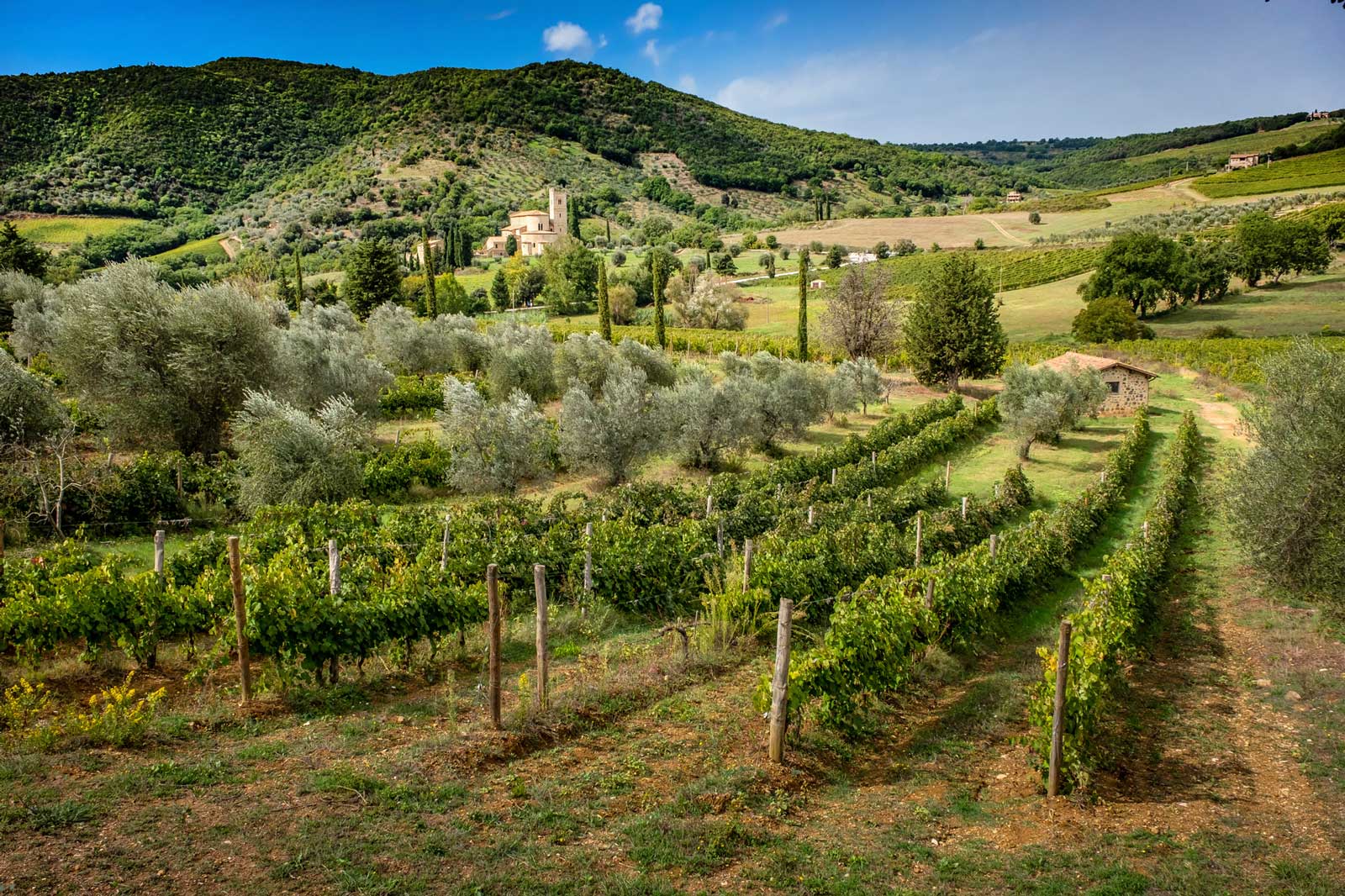
Kevin Day: Your recent report on the 2017 vintage in Brunello di Montalcino was a great example of your fearless reporting, but it also raised some alarms. Higher alcohol, a loss of freshness … these traits are becoming more common in Tuscany and acutely in Piedmont when we have extremely hot and dry vintages …
Kerin O’Keefe: Yeah, I am quite worried about it.
Kevin Day: Well, my question is with the overall trend of warmer and drier vintages across Italy, how concerned are you about the future of Italian wine? And secondly, do you think different vineyard practices alone — such as training systems, cover crops, etc. — can help preserve balance?
Kerin O’Keefe: I think that is going to be the most fundamental approach: handling this in the vineyard. Is it always going to be possible [to manage]? I really don’t know. But it is definitely where the focus has to be.
“The people that were convinced they were right back then, a lot of these people have to realize you need to interpret every single year’s patterns and adjust. You have to take a step back and rethink what you’re doing now.”
If you look at what’s going on, and I’m going to use Montalcino as an example … We often talk about subzones, which are extremely important, but what about what the producer does? We sometimes don’t talk enough about that, because when you have a Brunello that is 14 degrees [alcohol] or even 13.5, and pretty much in the same area, you are getting wines that are 15 and 15.5, then we have to look at what’s going on in the vineyard. I’ve been writing about it for a long time now, about green harvesting, bunch thinning, plant density … all these things that made sense when we talk about the quality revolution of the 1980s and 1990s. Well, it’s a completely different climate now. Back then, we’d talk about the old contadino who didn’t like seeing grapes thrown on the ground … Well, now, we’ve got a reverse problem. The people that were convinced they were right back then, a lot of these people have to realize you need to interpret every single year’s patterns and adjust. You have to take a step back and rethink what you’re doing now.
Again, I am a wine writer, not an agronomist, not an oenologist, and I know that a lot of producers don’t want to hear from a wine writer on how to handle your vineyard. I get that, and I respect everybody’s opinions. But the final result is what I’m looking at, and if you are making a wine that is 15 or 15.5, I think you have to look at what you can do.
I think for now anyway, there are several possibilities based on what some people in the denomination [of Brunello di Montalcino] are able to do. A lot of it is where producers are located. In 2017, producers with high-altitude vineyards had it easier than those with lower vineyards but they still had to carefully manage the vineyards and decide when to pick. I hope going forward, especially in extremely hot, dry years, there will be more producers who won’t be harvesting strictly based on phenolic ripeness but will also keep an eye more on acidity levels. Like Franco Biondi Santi, he would always pick based on acidity, because his goal was always to produce wines that were very long-lived.
And here’s another example of what Montalcino producers are doing in the vineyards to combat climate change: Many people are going back to Guyot [vine-training] because — well, it is a pretty involved concept — but Guyot allows producers to better manage hot, dry years when compared to the spurred-cordon system.
Kevin Day: Do you think Brunello and Barolo will stay at the top of the Italian pyramid in terms of prestige, or do they have real competition now from the likes of Etna, Chianti Classico and even formerly obscure places like Valtellina?
Kerin O’Keefe: I definitely think there is more competition in terms of prestige, but areas like Valtellina and Etna don’t have the possibility to ever have the volume that Brunello has. So I don’t see them becoming a real “threat,” but definitely, when we talk about great Italian wines, we have to add Etna, Valtellina, and there is also great wines from Campania like Taurasi and the wonderful whites of Campania as well. And people don’t give the white wines enough credit over here; we always talk about the great reds. I am a huge fan of Soave Classico — Pieropan’s Calverino and La Rocca, Gini’s La Frosca — all of these are just wonderful, wonderful white wines and can age and develop complexity. There are also some wonderful white wines coming out of Sicily.
“People don’t give the white wines enough credit over here.”
So definitely Brunello and Barolo and Barbaresco have more competition in terms of prestige, but the amounts, the volumes [from these other areas] are so much smaller. I don’t think it’ll really hurt them.
Regarding Chianti Classico though, I think they have so much potential, but I personally don’t think they’re there yet. I am actually going to be writing about this, but they went to all this trouble delimiting certain areas and townships, and right now [those designations] are only for the Gran Selezione [category]. I think that’s a big mistake, because what’s the point of discerning these subzones on the label if in the end everything is just going to taste and smell like brand-new French oak? I don’t know why so many Italian producers, especially in Chianti Classico, equate what they call un vino importante with overwhelming sensations of French oak. If you look at the Riserva category and the Gran Selezione, there are very few that aren’t really oak driven. I can think of a few that I love, but so many of them just rely on a lot of new oak sensations as opposed to trying to rely on an expression of terroir. I think the straight Chianti Classicos are often the most interesting wines down there. They’re the ones you can enjoy so much, and some of them have aging potential.
Kevin Day: As a wine critic, you taste more than 3,000 wines per year. Can you shed a little light on this process: namely, how do you maintain your focus while tasting, and how do you avoid burnout?
Kerin O’Keefe: First of all, I try not to taste more than 10 to 15 per day, because at that point you really do lose focus. My job is to critique the work that someone has put years into, like in the case of Barolo, in the case of Brunello. You have to be very serious about this, you can’t be like “I’ll take a few days off and then taste 50.” For me it doesn’t work that way.
Before I started working with Wine Enthusiast, I used to go to these large tastings mostly for my books and my articles for World of Fine Wine and Decanter, and I would use those large format tastings where you are tasting 50, 60 even 100 wines in a day, never to arrive at a final score, but to get an idea of which wineries I liked and how I thought the vintage was. I would then take notes and visit the wineries I liked or would ask for samples so that I could try them calmly.
I don’t go to those tastings anymore because I’m just so busy here. All the wines come to the office, or — before the pandemic — sometimes I would go to the consorzio and they would set it up for me. But I would only do a certain number a day because it is a very serious responsibility.
I generally taste from late-morning into late-afternoon. I take my time on it and I skip lunch. I don’t want anything to interfere with that tasting. It is a discipline. You have to do the same process all the time. Now, it gets a little tricky if I travel, but I never really taste more than 15 per day.
Kevin Day: Do you have time and space to be curious with wines outside the Italian sphere, such as Slovenian, Austrian, Greek or even American versions of Italian grapes? If so, what does that process of stepping outside the sphere do for your palate?
Kerin O’Keefe: I love Burgundy, and I used to travel there. But again, I am just so busy with the Italian wines right now. I love Italian wine, has always been my favorite. So I just don’t have a lot of time to go out and do a lot more tasting of other wines. I am getting very interested in Greek wines and I am especially interested in some of the whites. So yes, I have curiosity, but I don’t have a lot of time to pursue it right now.
Five Quick Questions
Kevin Day: What is the most surprising wine you’ve had recently? What surprised you about it?
Kerin O’Keefe: The 2010 Campogrande Liguria di Levante Telémaco. Campogrande is a winery in Cinque Terre co-owned by Elio Altare. This is a white wine I pulled from our cellar and at nearly 12 years old, I wasn’t sure how it would be but it was extraordinary: savory, mineral-driven and complex but still surprisingly fresh.
Kevin Day: What is the most indispensible Italian ingredient in your home?
Kerin O’Keefe: Parmigiano-Reggiano Vacca Rosso, aged for a minimum 24 months.
Kevin Day: Is there a cultural site in Italy that especially moves you?
Kerin O’Keefe: The Colosseum comes to mind immediately. It always amazes me to see cars whipping around it and present-day life going on everywhere, that unique mix of ancient and modern. I’m still blown away by Venice. But there’s one site that has really moved me, the ossuary of San Martino in San Martino della Battaglia, a hamlet of Desenzano and situated between the San Martino della Battaglia and Lugana denominations. It’s a small chapel containing the skulls and bones of soldiers from both sides that died in 1859 in the Battle of San Martino, one of the fiercest battles of the Second Italian War of Independence. It’s a poignant, almost painful testimony to the horrors of war, and I think everyone who visits it leaves feeling differently than when they walked in.
Kevin Day: Of Italy’s 20 regions, which one deserves more attention from the wine-loving public?
Kerin O’Keefe: Valle d’Aosta
Kevin Day: What places are on your Italian travel/research itinerary for this year?
Kerin O’Keefe: Since Piedmont is just a couple of hours from home, I’ve been able to travel there several times during the pandemic. I’m planning on traveling a lot more this year, to Valle d’Aosta again and back to Tuscany and Sicily to visit the producers because the story behind the label is always the most fascinating part of any wine.
Five Essential Reads from Kerin O’Keefe
Rebels Without a Cause: The Demise of the Super Tuscan
World of Fine Wine, June 1, 2009
Italy and the American Palate: Debunking the Myth
World of Fine Wine, August 17, 2015
U.S. Love Affair with Italy
Decanter, April 15, 2011
From Floral to Flinty, the Indigenous White Wine Grapes of Southern Italy
Wine Enthusiast, May 10, 2021
Trailblazing Italian Producer Andrea Franchetti Dies
Wine Enthusiast, December 6, 2021
Photo credit at the top: Kerin O’Keefe visits Luca Roagna in Barbaresco in 2021.
